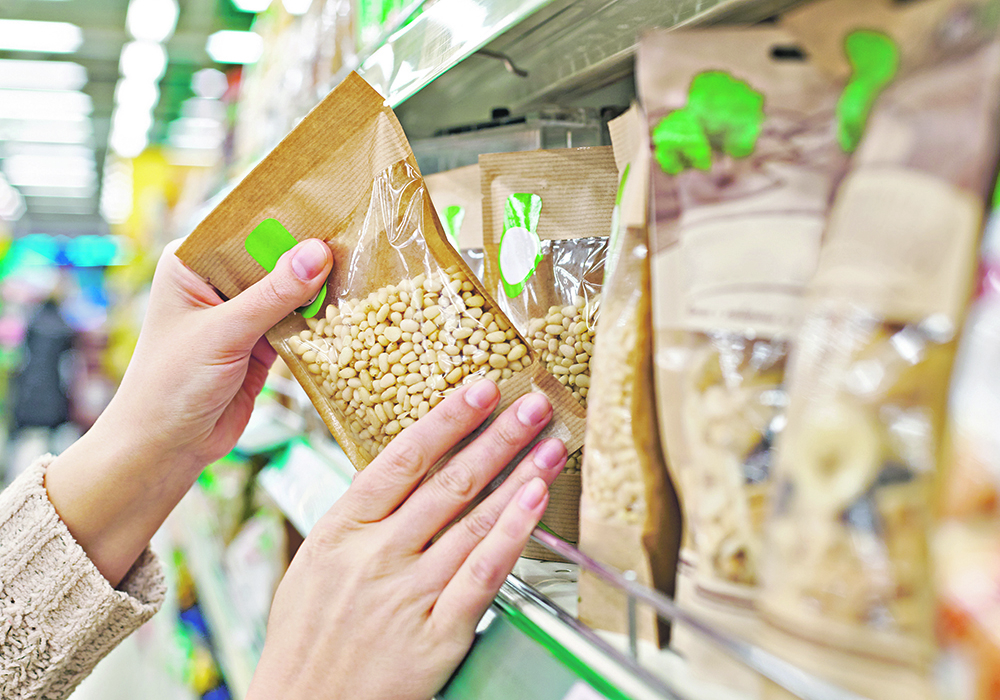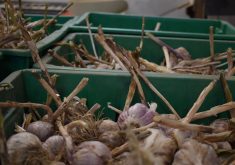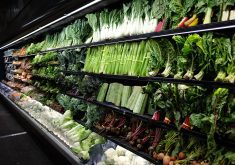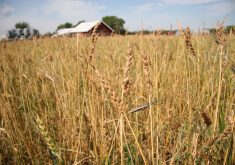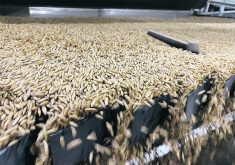Prices are below their season highs set in the spring, but the plunge hasn’t been as dramatic as on the conventional side
Conventional grain markets have been described as volatile, but processors of organic grains are using a different descriptor.
“I do believe we’re looking at stability,” said Matt Speidel, a buyer with Avena Foods.
The term “stability” was mentioned numerous times during the Organic Grain Markets webinar hosted by SaskOrganics.
Demand for most organic crops remains robust and that is reflected in strong prices for many organic commodities.
“We’re not seeing (the) drop in prices like the conventional growers,” said Alex Galarneau, owner of Prairie Heritage Seeds.
Read Also
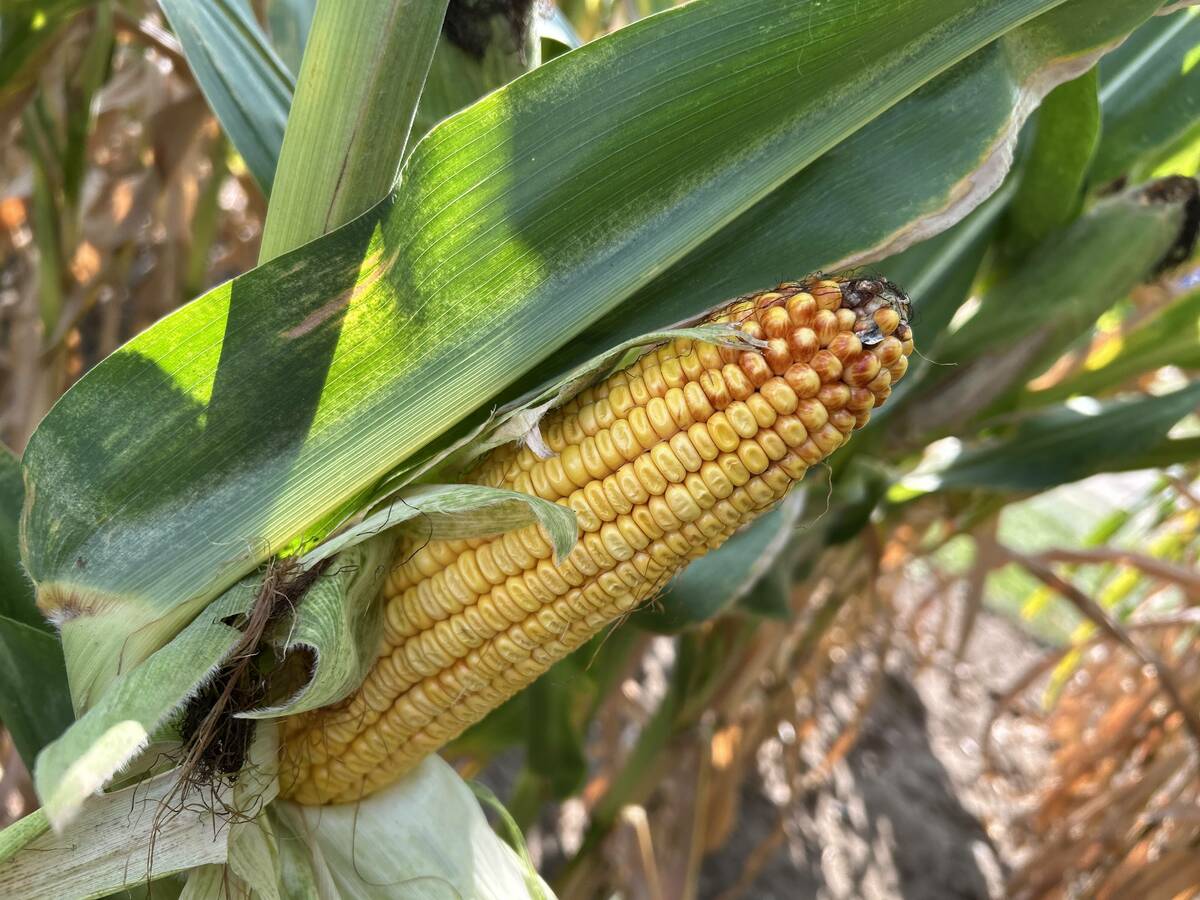
Crop estimates show mixed results
Model-based estimates used by Statistics Canada showed the 2025/26 crop year has seen increases in canola, corn for grain, oats and lentils production while seeing dips in spring wheat, durum wheat, soybeans and barley in comparison to 2024/25.
“They’re seeing quite a bit of drop in their commodities.”
He acknowledged that organic prices are below their season highs set in the spring, but the plunge hasn’t been as dramatic as on the conventional side.
“Will we get back to those (spring) levels? It’s uncertain right now,” said Galarneau.
Ken Richmond, a buyer with O&T Farms, who purchases organic peas, flax and alfalfa, was more certain.
“(Are) the markets going to go up to where they were last year? Not a chance,” he said.
But prices remain at historically high levels. O&T is paying $20.50 to $21 per bushel for peas delivered to the plant.
He noted that there was less flax grown this year, which is why everybody seems to be looking for brown flax. O&T is paying $47 to $52 per bu. for the crop.
One option might be importing flax. The company did that last year, and the quality was excellent.
Bailey Ogilvie, merchandiser with Scoular Canada, said the company is looking for flax and yellow peas.
She has extended the usual November/December delivery time on brown flax by a month to include January and is offering $53 picked up in the yard.
Ogilvie decided to use the webinar to announce the company’s yellow pea price.
“I’ll throw $20 out there and we’ll see what we can find,” she said.
Dwayne Lee, general manager of Growers International Organic Sales, said this year’s organic wheat crop was bigger but carryout was smaller, so supplies are about the same.
“Overall, demand coverage feels like it’s pretty good through December, and then as you progress through 2023 it gets progressively less,” he said.
The company is paying $24 per bu. for No. 2 wheat with 12.5 percent protein, $14 for malt barley and $10 for feed barley.
He said the wheat market seems well balanced with no big surplus or deficit of the commodity.
“It feels to me like we are pretty much range-bound,” said Lee.
Bill Longman, a buyer with Sunrise Foods International, is glad markets have stabilized.
“After the wild ride last year, it’s kind of nice to be able to sleep at night,” he said.
Longman offered up the most extensive price list of the 10 presenters, with all his prices being picked up on farm.
He is offering $9.50 to $10 per bu. for oats, $22 for wheat with 13 percent protein, $23 for durum, $14 for feed wheat, $10 for feed barley, $54 for brown flax, $1.50 per pound for yellow mustard, $1.45 for brown mustard, $1 per lb. for large green and black lentils and 90 to 95 cents for French green lentils.
Longman said a global recession is one macroeconomic factor that could drag prices down.
“It usually shows up in the organics space first if things do slow down,” he said.
“I have no idea if this is going to happen. We’ve been hearing about this for quite some time.”
Kelly Cornelius, a buyer with Grain Millers, believes we’re already in the beginning stages of a recession, but he doesn’t see any signs that it is affecting demand yet.
The company is offering $10 for organic oats for December/January delivery and $18 for triticale picked up on farm.
Cornelius expects a “dog fight” for conventional grain acres in 2023, but he doubts there will be a similar battle for organic acres because farmers stick to strict rotations.
Clarence Shwaluk, director of farm operations with Fresh Hemp Foods/Manitoba Harvest, has been trying to catch up with demand for the nine years he has been in the business.
“We’ve always been hand-to-mouth. August/September is usually our tightest time of the year,” he said.
The company is introducing new features in its production contracts to entice more growers to plant hemp, such as providing 75 percent of payment upon receipt of a clean pre-shipment sample.
The company has not yet established new crop pricing, but last year it paid a few pennies above $2 per pound. The crop typically yields 600 to 700 lb. per acre. Seed costs are in the $55 to $60 per acre range.
Ben Howrigan, a buyer with F.W. Cobs Company, said demand is strong for U.S. corn and beans, and that has a spinoff effect for small grain crops that are used to supplement feed rations.
He worries that the strong U.S. dollar will eventually drive down corn and soybean values, but he believes prices for small grains will remain stable through mid-2023.
“Things are going to stay about where they are right now,” said Howrigan.


